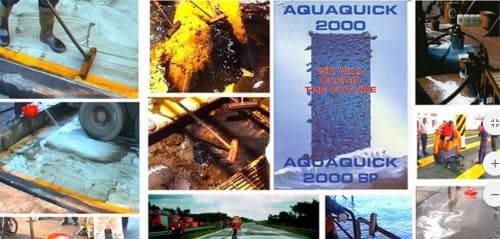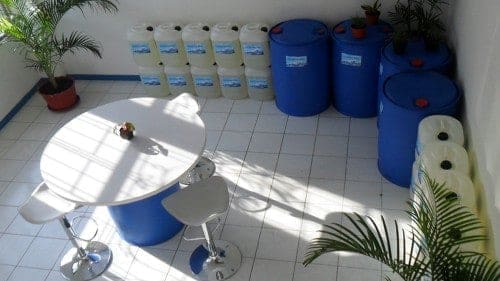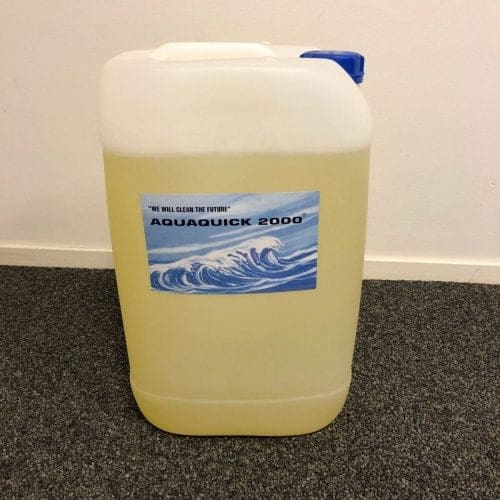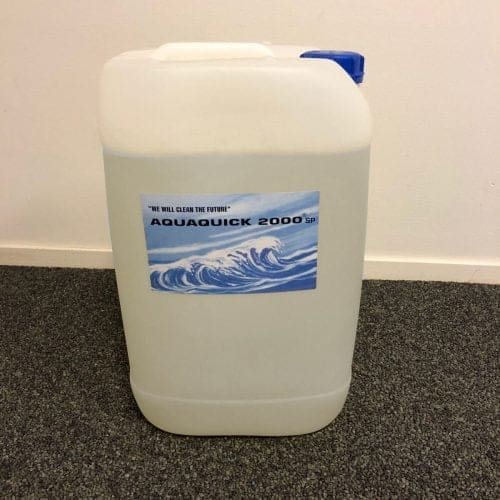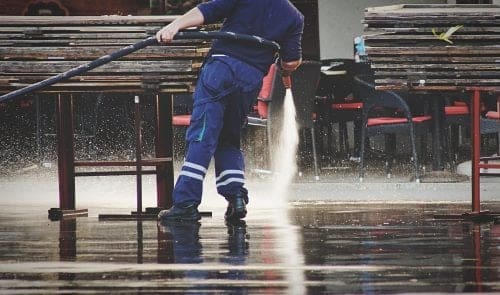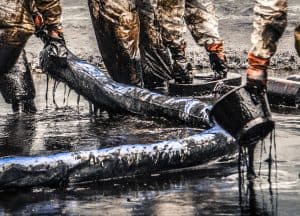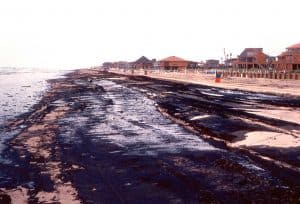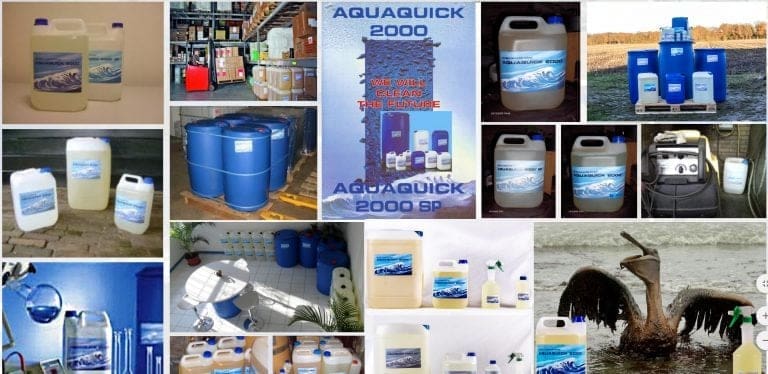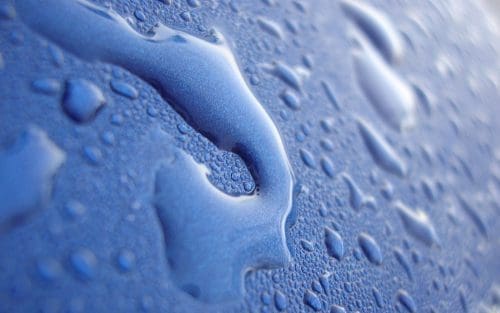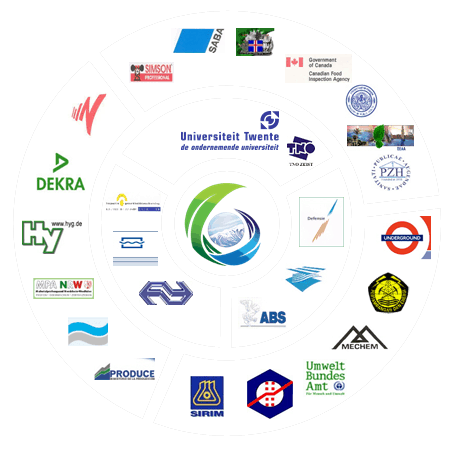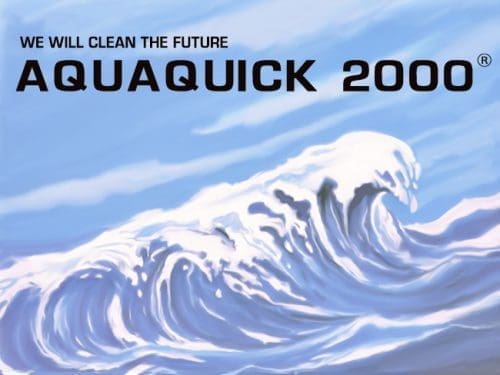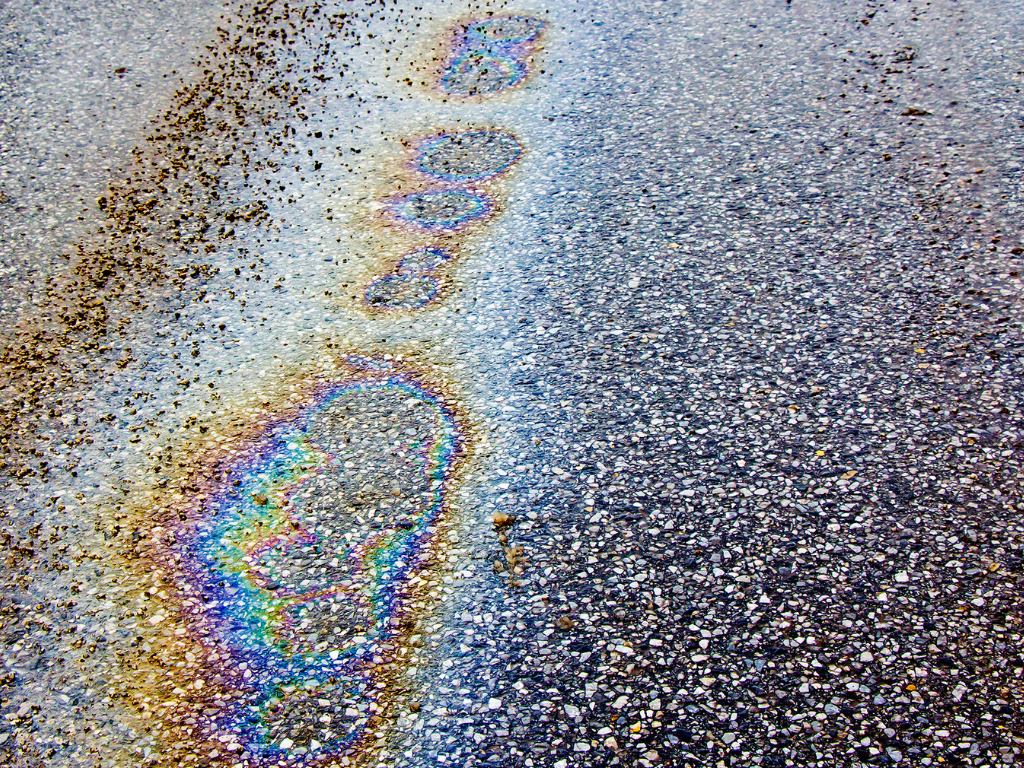Oil spills on roads can cause significant environmental damage, create hazardous driving conditions, and harm surrounding ecosystems. Prompt and effective cleanup is essential to minimize these impacts. This comprehensive guide covers how to clean oil spills on roads, ensuring safety and environmental protection.
Understanding Oil Spills on Roads
Causes of Oil Spills
Oil spills on roads occur due to various reasons, including vehicle accidents, leaks from faulty engines, or spills during oil transport. Understanding the cause is crucial to determine the appropriate cleanup method.
Environmental Impact of Oil Spills
Oil spills can cause soil contamination, harm wildlife, and pollute water sources. The oil blocks water absorption in the soil, suffocates plant life, and disrupts the local ecosystem by affecting the food chain and habitats. Left untreated, oil spills can have long-term negative effects on both the environment and public health.
Immediate Actions After an Oil Spill
1. Ensure Safety First
- Alert traffic authorities to manage road safety.
- Use warning signs and barricades to prevent accidents.
- Wear protective gear, including gloves and safety goggles.
- Evacuate the area if the spill is extensive or involves hazardous materials.
2. Stop the Source
- Identify and fix the source of the oil spill.
- If it comes from a vehicle, switch off the engine and contain the leak.
- Use emergency spill containment kits if available.
3. Contain the Spill
- Use oil-absorbent barriers or sand to prevent the spill from spreading.
- Create a perimeter around the spill to control its reach.
- Block nearby storm drains to avoid water contamination.
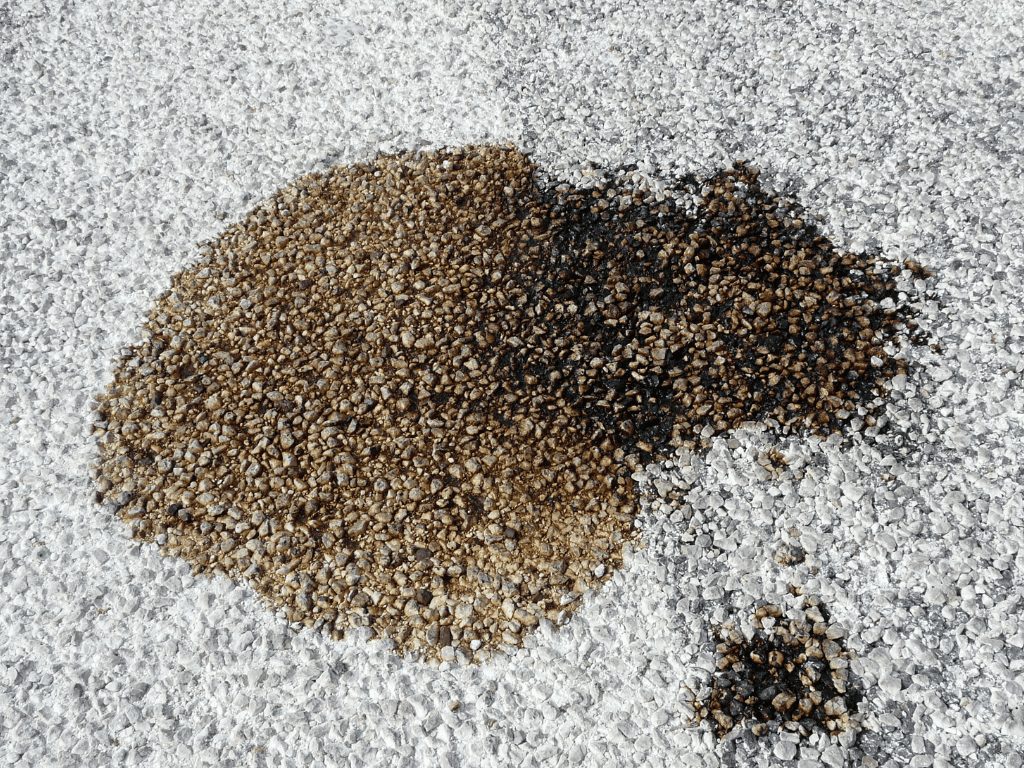
Cleaning Methods for Oil Spills on Roads
1. Absorption Method
- Apply absorbent materials like sand, sawdust, or commercial oil absorbents.
- Spread the absorbent evenly and let it sit for 15-30 minutes.
- Sweep up the saturated absorbent using a shovel or broom.
- Dispose of the collected waste following local hazardous material regulations.
2. Biodegradation Method
- Use biodegradable cleaners like AQUAQUICK 2000, designed for eco-friendly spill cleanup.
- Apply the product according to the manufacturer’s instructions.
- Allow time for the solution to break down the oil before rinsing with water.
- Repeat the process if necessary for thorough cleanup.
3. High-Pressure Washing
- Use a high-pressure washer to remove oil residues.
- Direct the water flow away from sensitive areas to avoid further contamination.
- Collect runoff water for proper disposal.
- Follow environmental guidelines to prevent pollution.
4. Chemical Dispersants
- Apply chemical dispersants to break down oil into smaller particles.
- Follow environmental regulations when using these chemicals.
- Avoid overuse to minimize ecological harm.
- Conduct environmental tests post-cleanup to ensure effectiveness.
Best Practices for Oil Spill Cleanup
Use of Proper Equipment
- Shovels, brooms, absorbent pads, and pressure washers are essential.
- Use spill containment kits for faster response.
- Maintain cleanup equipment regularly for optimal performance.
Disposal of Waste
- Collect contaminated materials in labeled containers.
- Transport the waste to approved disposal sites as per local regulations.
- Keep detailed records of disposal activities to ensure legal compliance.
Environmental Restoration
- Conduct soil tests if the spill was extensive.
- Implement land restoration projects if contamination persists.
- Work with environmental agencies for long-term recovery efforts.
Preventing Future Oil Spills on Roads
Regular Vehicle Maintenance
- Ensure vehicles are well-maintained to prevent leaks.
- Conduct frequent inspections of oil-carrying equipment.
- Replace worn-out components that pose spill risks.
Training and Awareness
- Train drivers and transport personnel on spill prevention.
- Conduct regular safety drills for emergency response.
- Promote awareness campaigns about environmental protection.
Use of Advanced Technologies
- Install oil-detecting sensors in high-risk areas.
- Use GPS tracking for vehicles carrying oil to monitor spills in real-time.
- Invest in spill detection systems for faster emergency response.
Why Choose AQUAQUICK 2000 for Oil Spill Cleanup?
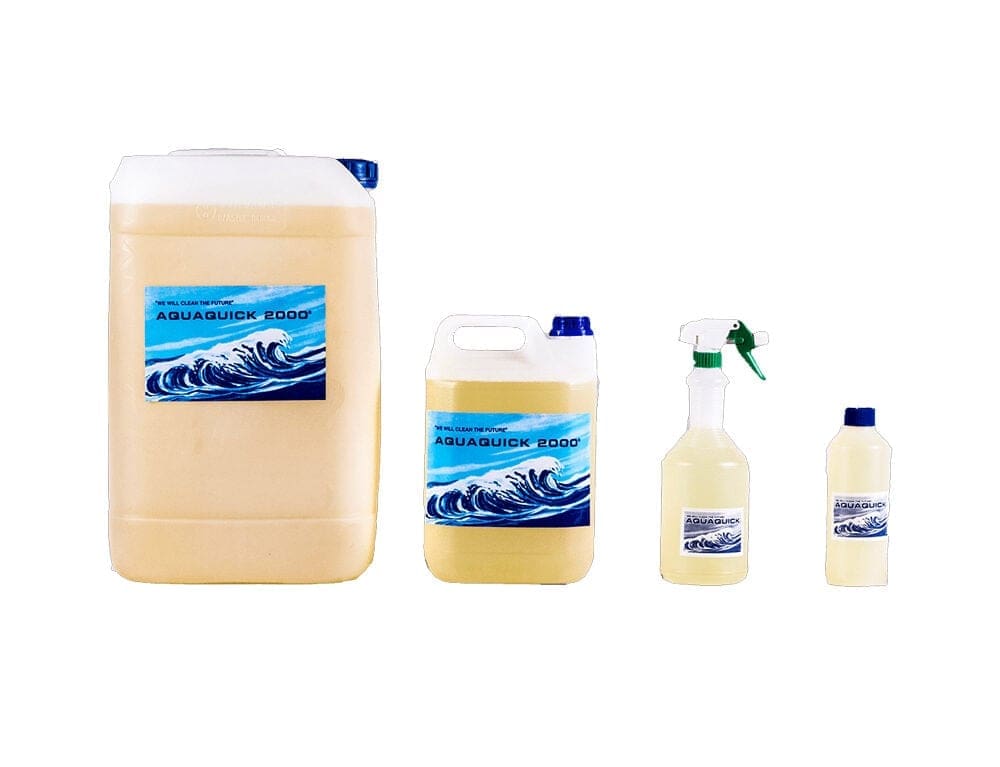
AQUAQUICK 2000 is an eco-friendly oil spill cleaner, ideal for land spill remediation. It breaks down oil without harming the environment, ensuring safer and faster cleanup. Its biodegradable formula makes it suitable for sensitive areas like agricultural lands and roadside ecosystems.
Environmental Benefits of AQUAQUICK 2000
- Non-Toxic: Safe for humans, animals, and plants.
- Eco-Friendly: Minimizes long-term environmental damage.
- Effective: Works quickly to break down oil into biodegradable components.
- Versatile: Suitable for various types of oil spills on land and roads.
Conclusion
Cleaning oil spills on roads requires immediate action, proper techniques, and environmentally safe products like AQUAQUICK 2000. By following best practices, we can mitigate the environmental impact, ensure road safety, and preserve the ecosystem. Proactive measures like regular vehicle maintenance, safety training, and the use of advanced technologies further reduce the likelihood of oil spills on roads.

